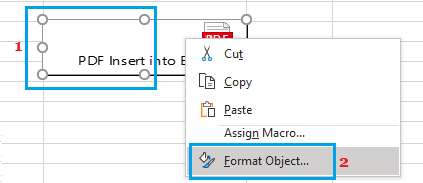

To fix this, simply click on the menu icon to the left of your headers and select the option that says Use First Row as Headers. It's likely that the queries you've pulled from the PDF have the headers listed in Row 1. This brings up the Power Query editor and each table that we've imported is listed as its own query.


I don't have a timeline on the release, and apologize in advance if you don't have access to it yet. It will be rolling out to other channels in the coming months. It's important to note that the From PDF feature is currently available on the Beta Channel (formerly Insiders Fast) for Microsoft/Office 365 subscribers. I'll walk you through the process of importing tables from PDF to Excel.

It's fairly easy to do if you're familiar at all with Power Query (if you're not, get started with my overview tutorial here: Power Query Overview: An Introduction to Excel’s Most Powerful Data Tool, and then you can install it here: The Complete Guide to Installing Power Query). And we can use all of the data cleanup features of Power Query to prepare the data before it's imported, and automate the entire process. The new feature even detects tables of structured data within PDF pages. And now it has the ability to import a PDF file into Excel. GTmetrix-report.pdf Download Turn a PDF into an Excel Worksheet!Īs I've said before, Power Query is Excel's most powerful and magical data tool.


 0 kommentar(er)
0 kommentar(er)
